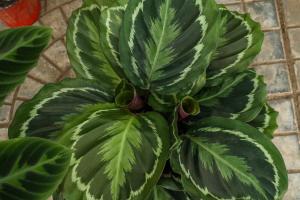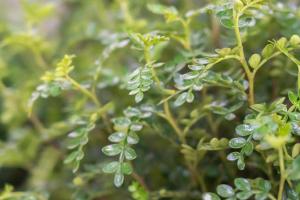How to Install a Drip System for Potted Plants
Watering potted plants can be time-consuming and inefficient, especially if you have many plants to care for. A drip system can make your life easier and ensure your plants receive the consistent and adequate hydration they need to thrive. Here is a step-by-step guide to installing a drip system for your potted plants.
Step 1: Gather Supplies
Before you start, make sure you have all the necessary supplies. You will need:
Drip tubing (1/4-inch diameter is common)
Drip emitters
Connectors and couplings
Pressure regulator
Timer
Tape or stakes to secure tubing and emitters
Step 2: Plan Your System
Draw a sketch of your plants and the area where they are located. Determine where you want to place the tubing and emitters to ensure each plant receives water. Measure the distance between plants to determine how much tubing you will need. Consider the water supply and locate your timer and pressure regulator near an outdoor faucet or hose bib.
Step 3: Assemble Your System
Once you have your plan in place, start assembling your drip system. Begin by attaching a pressure regulator to your outdoor faucet or hose bib. Next, attach tubing to the pressure regulator and run it to the area where your plants are located, securing it with tape or stakes. Cut the tubing to the appropriate length for each plant, and attach a drip emitter to the end of each tube. Use connectors and couplings to adjust the length and direction of the tubing as needed.
Step 4: Test and Adjust Your System
Turn on the water and test your drip system. Watch for leaks or drips at each emitter and adjust the tubing or emitters as needed. If some plants receive too much water, adjust the flow rate or add a shut-off valve to prevent over-watering. If some plants do not receive enough water, adjust the tubing or emitters to increase the flow rate.
Step 5: Set Up Your Timer
Attach your timer to your system according to the manufacturer's instructions. Set the timer to water your plants at the appropriate time and duration, based on your climate and the needs of your plants. Monitor your plants regularly and adjust the timer as needed throughout the year.
Conclusion
A drip system can save time and effort while ensuring your potted plants receive the proper care they need. With the right supplies and a little planning, you can easily install a drip system for your plants and enjoy the benefits of healthy and happy greenery year-round.

 how many times do yo...
how many times do yo... how many planted tre...
how many planted tre... how many pine trees ...
how many pine trees ... how many pecan trees...
how many pecan trees... how many plants comp...
how many plants comp... how many plants can ...
how many plants can ... how many plants and ...
how many plants and ... how many pepper plan...
how many pepper plan...
































